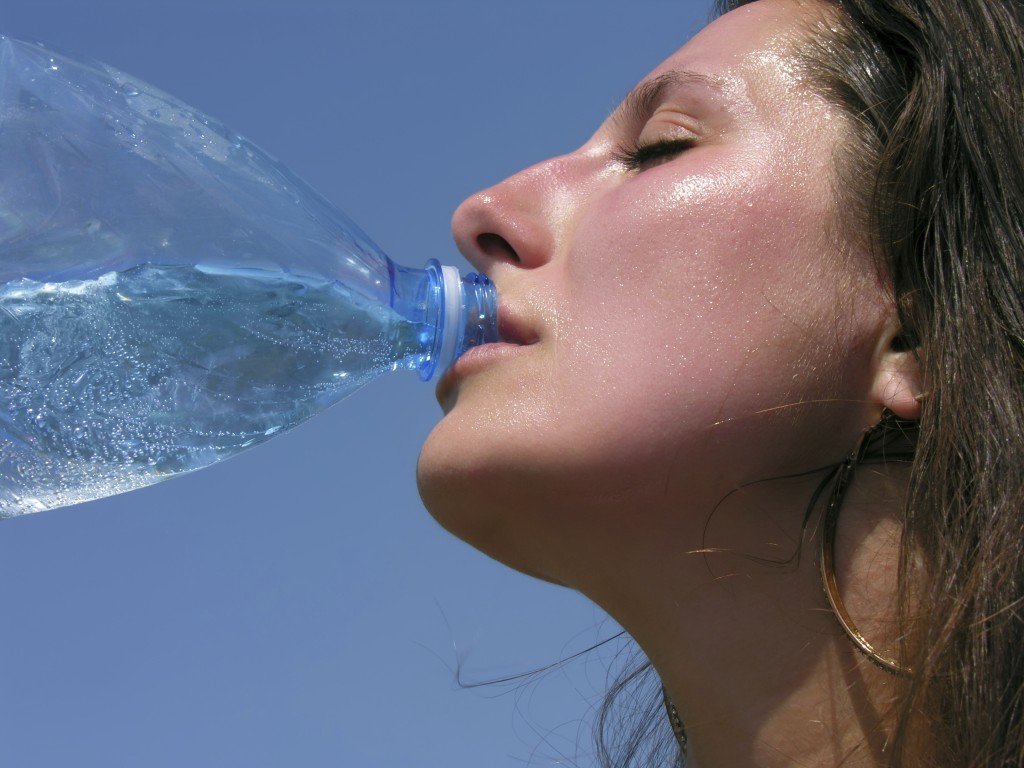“Thousands Have Lived Without Love, Not One Without Water.”
W.H. Auden, American-English poet, author and playwright.
Bottled water is drinking water from various sources (well water, distilled water, mineral water, spring water) packaged in plastic or glass water bottles.
It is important to remember, bottled water labelled as “mineral” or “spring” water, is potable water (fit for human consumption) that comes from an underground source. It cannot come from a public water supply.
In Canada, bottled water is regulated as a food and therefore it must comply with the Food and Drugs Act. Under the Act and its regulations, all bottled water offered for sale in Canada must be safe for people to drink.
According to Health Canada website, illness caused by bottled water is very rare, because the water is treated, disinfected, and monitored to make sure it does not contain harmful microorganisms or chemicals.
To maintain the safety of bottled water, we must also handle and store it properly.
Other types of bottled water may be manufactured from public sources, including tap water and well water, says Health Canada website.
Consumers should remember, no matter what source water comes from, all bottled water sold in Canada is inspected and treated during the manufacturing process to ensure that it meets Canada’s requirements for safety and quality.
Bottled water is a handy and convenient way to store large amounts of water for emergency purposes. Most Canadian manufacturers of bottled water indicate that the product has a shelf-life of one to two years. Some people prefer to choose bottled water because they prefer the taste when compared with water from other sources (tap water, well water).
Some people think that bottled water is safer than tap water, but there is no evidence to support this, says Health Canada website. The quality standards for bottled and municipal waters in Canada are similar. All bottled and municipal waters that meet or exceed the required health and safety standards are considered to be safe.
Bottled water gets contaminated with germs if not handled or stored properly. Keep in mind that the plastic containers holding single-serve bottled water were designed to be used only once. Avoid refilling them. Where possible, recycle these bottles.
As concerns about the safety of the nation’s municipal tap water have increased, so have sales of bottled water. It’s now the top-selling bottled beverage.
According to Consumer Reports (May 9, 2019), in the U.S. there are more than 120 brands of bottled waters. Getting information about the quality of the bottled water you drink is hard. Unlike tap water, there is no public information for consumers to look up the quality of their favorite bottled water brand and see whether it is free of contaminants.
According to British Medical Journal (Getting well from water, BMJ December 16, 2004), bottled water exploits our worries about what affects health in the modern world. Bottled water is seen as natural, clean, fat-free, and with traces of health-giving minerals. In fact, tap water is as safe as bottled water and about 1000 times cheaper. The marketing of bottled water exploits people’s worries about what affects their health in the modern world. There is a message in that bottle.
Start reading the preview of my book A Doctor's Journey for free on Amazon. Available on Kindle for $2.99!

